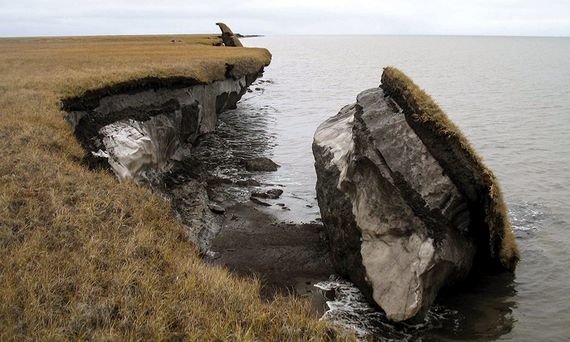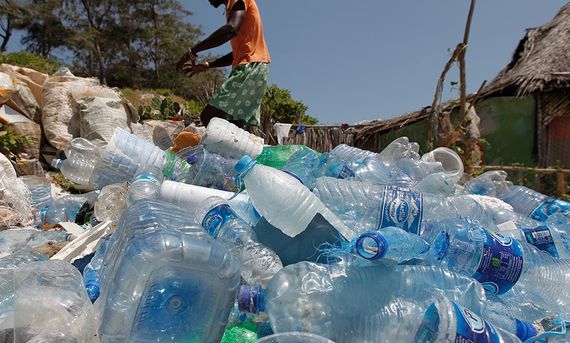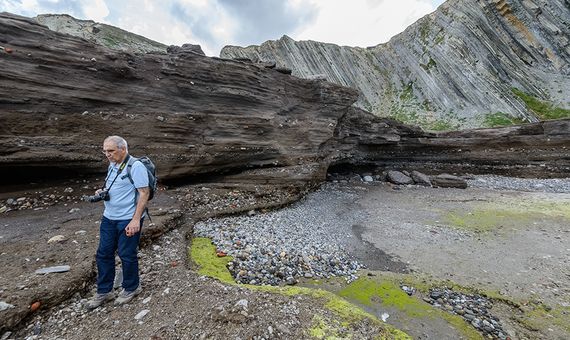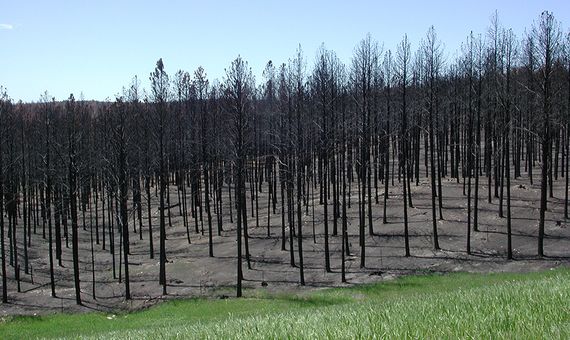In geology, a series of principles used to coexist that were taken for granted. One of them assumed that human action on the planet is insignificant and fleeting alongside forces as profound as those that raise mountains and shape the oceans. Another principle was that these geological processes occurred with iron determination over the course of millions or even billions of years. But in geology, especially, one thought only of the past. Then along came the Anthropocene.
The term is not new; it had been circulating for some time, waiting to achieve scientific status. In the year 2000, the biologist Eugene Stoermer and the Nobel Prize in Chemistry winner Paul Crutzen used the term to define a possible new geological epoch dominated by the human impact on the planet: anthropos meaning “human” — The Age of the Human.

Crutzen and Stoermer argued that the extent and magnitude of the effect of our industrialised species on the planet had acquired such a magnitude that, in a few decades, we had ceased to be mere inhabitants and had become a truly geological force. The good times of the Holocene, the geological era in which we still officially live, had been left behind: 12,000 years of stable climate on which we were able to depend following the last ice age, and during which time human civilisations developed and prospered.
The honour of our new earthly role is certainly dubious. The amount of materials transported by trucks and mechanical means is now three times the amount moved by all the rivers to the planet’s oceans. The production of plastics has reached 300 million tons per year, approximately the mass of all living human bodies. The levels of CO2 and methane in the atmosphere are the highest in the last 10,000 years.
The list goes on. At any point in Europe you can find cement or asphalt less than a kilometre and a half away. Ash from the burning of fossil fuels —spheroidal carbonaceous particles— is painting the whole world grey. Rocks, which until now contained our geological past —the bone of a thousand-year-old ancestor, a petrified insect— today contain the remains of our voracious present: the nude figure of a plastic doll, the mobile phone that is still young and yet is garbage… techno-fossils that will astonish the geologists of the future.

The question that arises, and that is provoking heated debates in the geological community, seems simple: are these changes sufficient to define a new geological epoch, or are they nothing more than an anecdote that time will engulf with the passing of centuries?
On the hunt for the present
The International Commission on Stratigraphy performs a task that the imagination usually entrusts to the gods of Greek tragedies: to watch over geological time, whose conceptual form is the Geological Time Scale. In 2009, this commission created the Anthropocene Working Group (AWG) made up of 38 geoscientists from around the world with a very precise mandate: to analyse whether humans have changed the planet enough to produce a stratigraphic signature that is unique and distinct to that of the Holocene and is recorded in the planet’s sediments and rocks. In the affirmative case, the AWG is tasked with finding and marking its most characteristic location, which in geology receives the beautiful name of the golden spike, technically, the global boundary stratotype section and point.

Convinced on the first question, in 2016 the AWG proposed a beginning date for the Anthropocene: 1950. “The magnitude of what we are seeing in sediments is as great, or even greater, than what we see to define other geological epochs of the past. Since the second half of the 20th century, human impact has become a global phenomenon, synchronous and accelerated all over the world,” explains Alejandro Cearreta, professor at the University of the Basque Country and member of the AWG. “Despite the fact that we are a single species among the millions of species on the planet, in just a few decades we have generated an unprecedented transformation in terms of intensity and extent. That’s an anomaly, but we’re a very anomalous species.”
The date chosen has to do with part of that anomaly: from 1945 to 1963, some 400 nuclear bombs were detonated, releasing radioactive isotopes such as plutonium 238 and 239, which fell like rain on every corner of the Earth. “All the material of the planet that has been deposited since 1952, whether on the ocean floor, in a marsh or on any mountain, contain artificial isotopes in greater or lesser amounts,” says the scientist.
To form the complete anomaly, the AWG has more indicators: the rise in sea level, the alteration of the nitrogen and phosphorus cycles by the use of fertilizers, the increase in the levels of atmospheric carbon dioxide and methane, the massive extinction of species…

The first question having been answered, AWG scientists are now looking for where to place the golden spike. In total there are seven candidate sites: the San Francisco Bay, the Baltic Sea, Lake Crawford in Canada, Lake Huguangyan in China, Etang de la Gruère in Switzerland, Ernesto grotto in Italy, an Antarctic ice survey…
If the International Commission on Stratigraphy confirms the final word of the AWG, the International Union of Geological Sciences will decide whether to declare the end of the Holocene and the beginning of the Anthropocene.
“Geology used to look at the past; it was as if you saw it from a barrier, as if we were talking about another planet,” continues the geologist, “but the Anthropocene is different. It gives us a perspective of our impact on the future that we didn’t have before. And we can change course.”
What we no longer have is the luxury of ignorance.
Comments on this publication